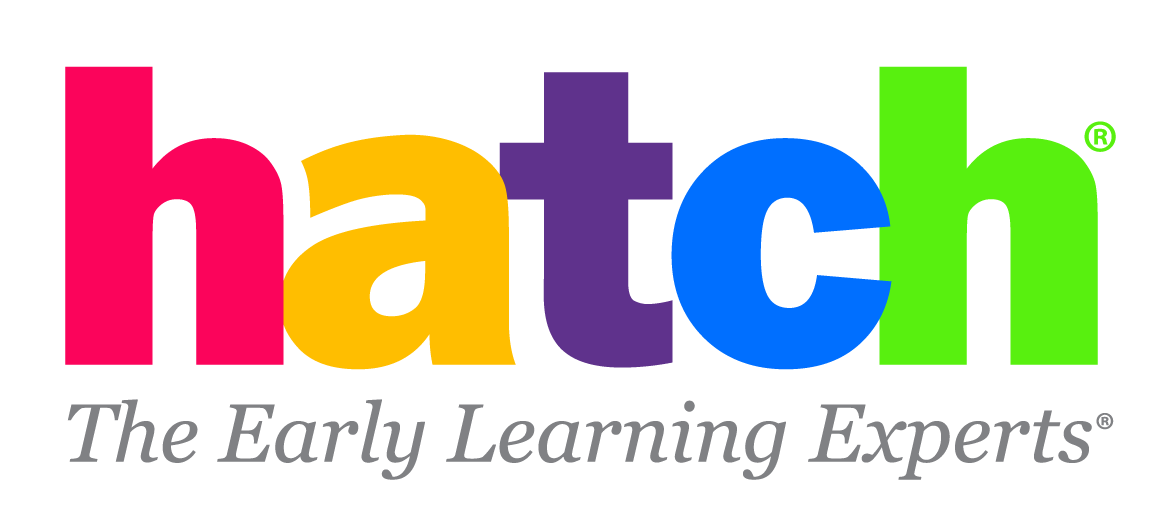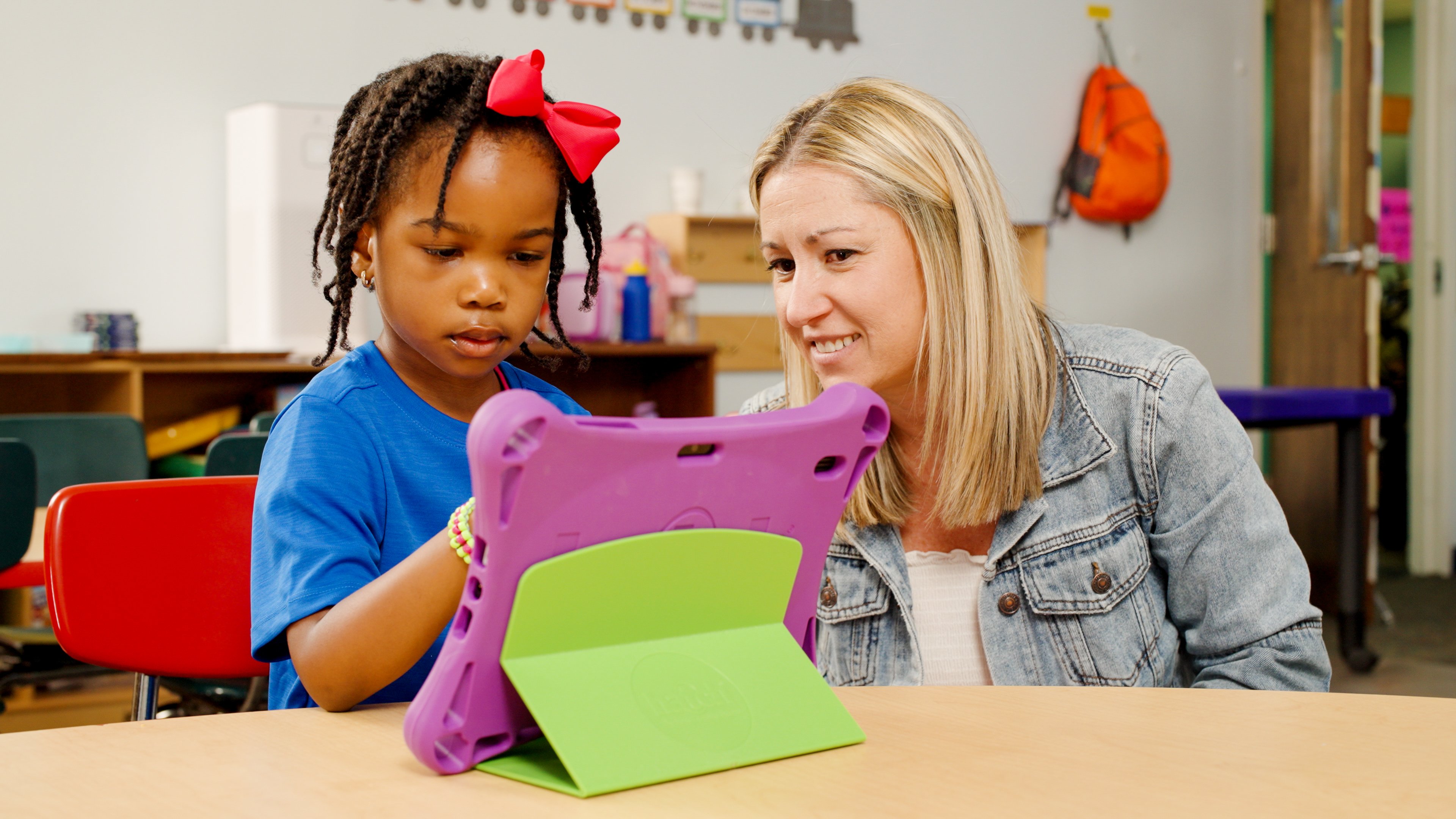In today's digital age, incorporating technology in early childhood classrooms has become increasingly common. However, not all digital learning tools are created equal. It's essential for educators to choose high-quality resources.
Researchers have worked to identify the characteristics of high-quality digital learning tools. Experts have used research and the science of learning to identify four principles, or pillars of learning, that can help us determine if a digital tool is truly educational. Those pillars are active involvement, engagement with learning materials, meaningful experiences, and social interaction.
Active Involvement
One crucial factor to consider when selecting digital learning tools is their ability to promote active involvement. Look for interactive features that encourage children to actively participate and respond. Hatch Early Learning's interactive technologies like Ignite by Hatch™, IgniteTable by Hatch™, and TeachSmart® encourage children to actively participate and respond. From gamified elements to virtual manipulatives, these tools promote hands-on learning experiences and keep children motivated. The opportunity for children to explore, experiment, and problem-solve actively leads to a deeper understanding of academic concepts.
Engagement With Learning Materials
Choose digital tools that facilitate child engagement with the learning materials. The tools should allow children to interact directly with the content rather than passively observe. Look for options that offer customization or personalization, enabling children to choose their paths or make decisions within the learning environment. This autonomy can enhance their sense of ownership and investment in the learning process, promoting active participation and deeper comprehension.
Hatch's interactive platforms excel in facilitating child engagement with learning materials. Through interactive features and customization options, children actively participate and make decisions within the learning environment, fostering a deeper sense of ownership and investment in the educational journey.
Meaningful Experiences
High-quality digital learning tools should provide meaningful experiences that align with educational goals and objectives. Seek resources that offer age-appropriate content, scaffolding, and opportunities for progression. Ensure that the tools align with the curriculum and provide a wide range of activities that cater to different learning styles and abilities. Look for tools that offer real-world connections and opportunities for children to apply their knowledge in practical scenarios, fostering deeper understanding and relevance.
Hatch's digital learning tools provide meaningful experiences that align seamlessly with educational goals and objectives, as they are standards-aligned and research-based. With scaffolded content built specifically for early learners and a wide range of activities catering to diverse learning styles and abilities, Hatch's resources ensure a well-rounded and relevant learning experience for children, promoting a deeper understanding of academic concepts.
Social Interaction
Promoting social interactions is crucial in early childhood education. Look for digital learning tools that encourage collaboration, communication, and peer-to-peer interactions. Even if a tool does not provide opportunities for active collaboration with other children, it’s still beneficial if it provides responses to children, such as a character responding to a child’s action.
Hatch digital learning tools provide multiple ways for children to engage in social interactions during play and learning:
- Ignite offers character responses to child actions
- TeachSmart encourages child and teacher interactions and interactions between peers
- IgniteTable is specifically designed to prioritize, promote, and measure social interaction between students, allowing the teacher to observe prosocial behaviors and report on child development progress easily.
When choosing digital learning tools for early childhood classrooms, prioritizing active involvement, engagement with learning materials, meaningful experiences, and social interaction is vital. Educators should select high-quality resources that align with these pillars of learning to create an enriching and effective learning environment for young children. By incorporating these considerations, educators can ensure that digital learning tools enhance the educational journey of young learners, promoting their growth, engagement, and love for learning.

